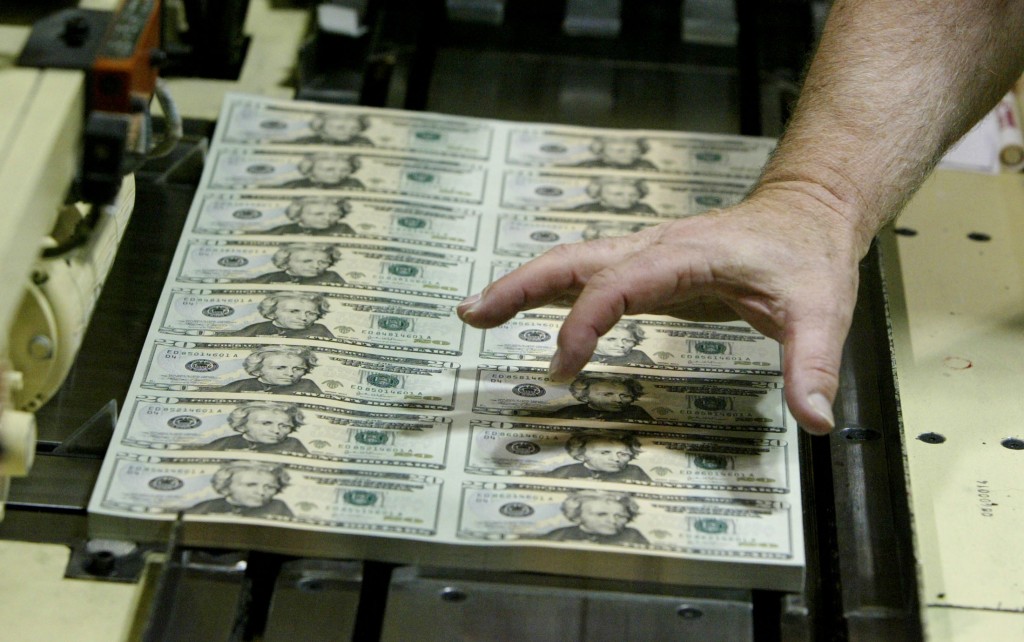Once the world’s economic driver, the U.S. has become a nation of little-to-no growth under big government policies
03/04/2016 / By usafeaturesmedia

(BigGovernment.news) Obamacare. No Child Left Behind. Dodd-Frank financial reform. Medicare Part D. Tons of bureaucracy.
Together, these policies, regulations and statutes combine to kill an economy, and that’s exactly what they’ve done to the U.S. economy.
As reported by CNS News, the U.S. has now gone a decade – 10 years straight – without hitting 3 percent growth in real gross domestic product, or GDP, according to data released by the Bureau of Economic Analysis.
In calculating GDP for each year going back to 1929, the year of the great stock market crash that signaled the beginning of the Great Depression, the BEA has calculated inflation-adjusted annual change in GDP (in constant 2009 dollars) from there forward.
“In the 85 years for which BEA has calculated the annual change in real GDP there is only one ten-year stretch—2006 through 2015—when the annual growth in real GDP never hit 3 percent,” CNS News repored. “During the last ten years, real annual growth in GDP peaked in 2006 at 2.7 percent. It has never been that high again, according to the BEA.”
The chart below speaks for itself:

Image: CNS News
According to the National Bureau of Economic Research the last recession ended officially in 2009, but in six full calendar years since then – 2010-2015 – real annual growth has still never exceeded 2.5 percent.
“The average growth rate for economic recoveries since the 1960s is 3.9 percent ranking the Obama recovery, with an average GDP growth rate of just 2.1 percent, among the slowest in history,” said Sen. Dan Coats (R.-Ind,), who chairs the Joint Economic Committee in Congress.
The previous Bush administration saw a major piece of expensive educational “reform” pass – No Child Left Behind – which, by 2011, had boosted federal spending on education by an astounding 64 percent, with no appreciable improvement in test scores and other educational outcomes.
In addition, George W. Bush and a Republican-majority Congress passed a massive expansion of Medicare, “Part D,” which, by 2013 – 10 years after passage – had added another $213 billion to the national debt, according to former Reagan and George H. W. Bush senior policy advisor Bruce Bartlett.
As for President Obama, he and a Democrat-majority Congress passed the 2,700-page monstrosity known as the so-called “Affordable” Care Act, which has been anything but affordable. Passed in 2010, in 2013 the Government Accountability Office estimated that over the long haul, Obamacare was expected to add a whopping $6.2 trillion to the federal debt.
Then there was the Dodd-Frank “financial reform” law, also passed by a Democrat-controlled Congress. On the fifth anniversary of the law’s passage, one estimate put the cost of compliance with all of the various statutes at $24 billion annually, with 61 million man-hours required to process all of the mandated paperwork.
Speaking of national debt, it nearly doubled under Bush, from about $5.7 trillion to around $9.8 trillion; under Obama, it has nearly doubled again, to roughly $19 trillion (some estimates say it will hit $20 trillion before Obama leaves office next January).
Why does the national debt matter? Because of the interest the government must pay on that debt; the higher the debt, the more money that is required to service it.
Then we have the total cost of complying with federal mandates, rules and regulations. According to the National Association of Manufacturers, that cost is nearly $2.1 trillion annually – much of which could be returned to the economy and counted as growth if only the regulatory burden were cut.
All told, government is the reason why U.S. GDP is stuck in the low figures. And it will remain in the basement as long as no-growth policies and statutes remain in effect.
For the record, according to the BEA, the longest consecutive stretch of years in which the United State saw real GDP grow by 3.0 percent or better was the seven year period from 1983-1989, during the presidency of Ronald Reagan, who managed to both cut tax rates and regulatory burdens.
See also:
BigGovernment.news is part of the USA Features Media network of sites.
Tagged Under: bureaucracy, economy, GDP




















